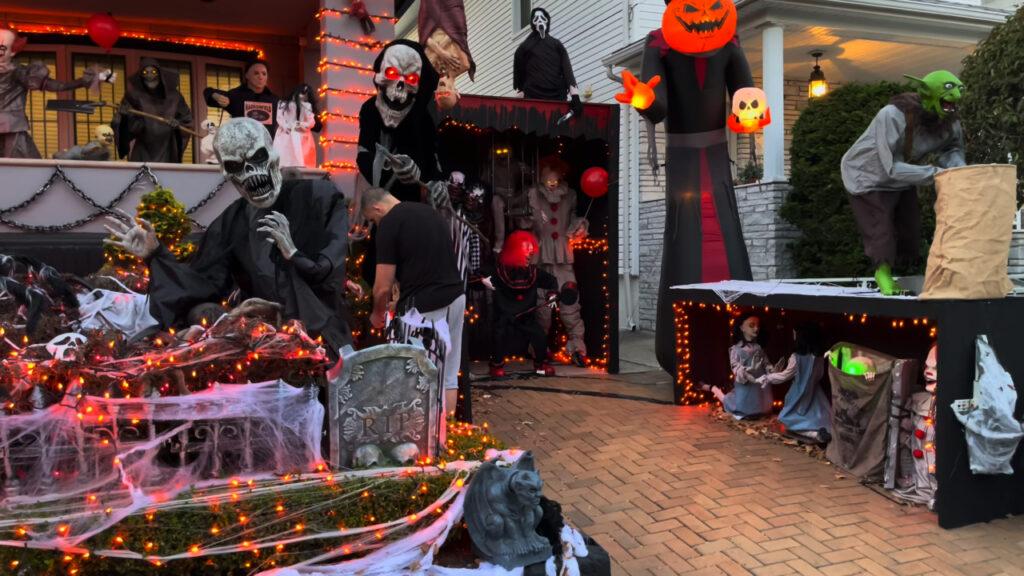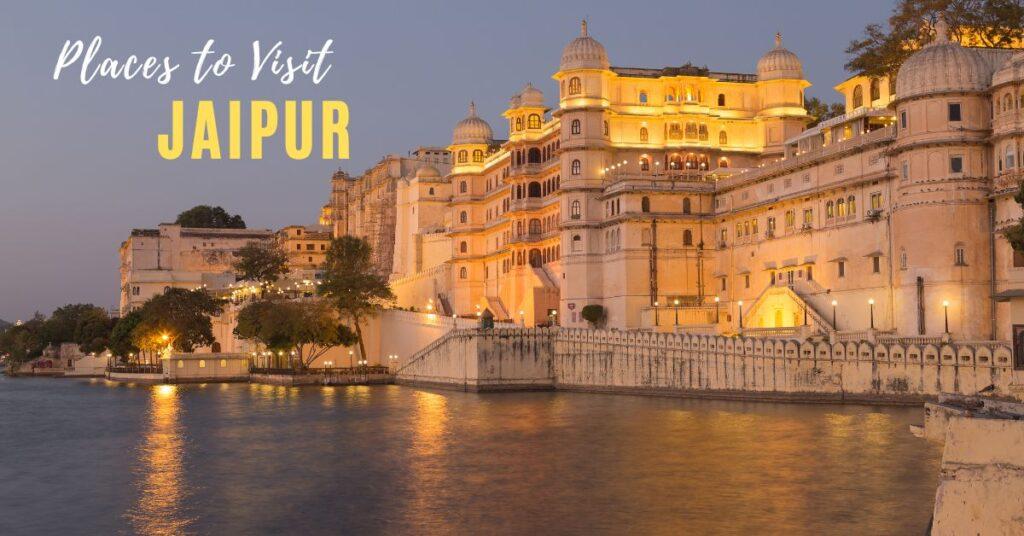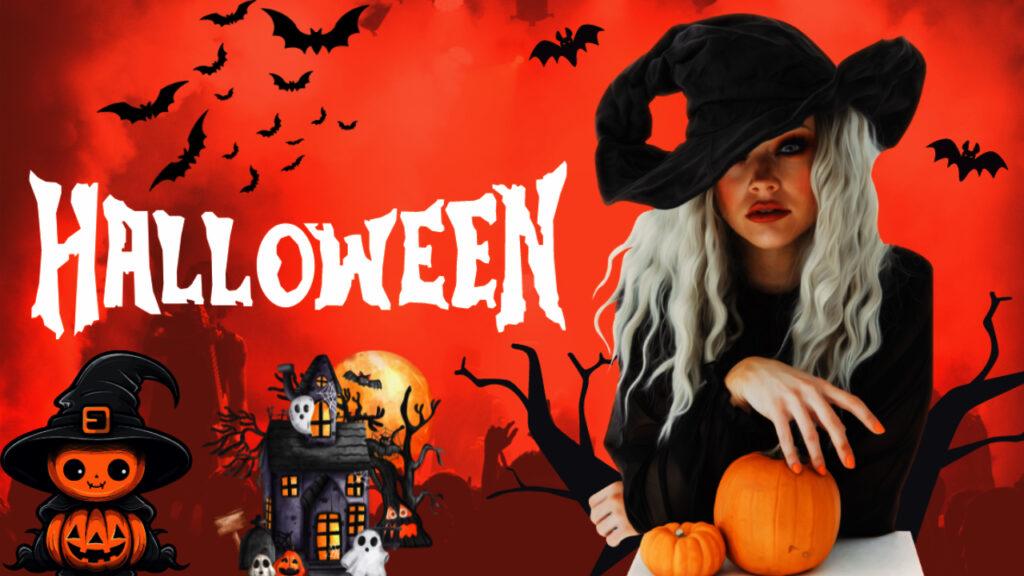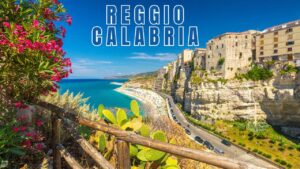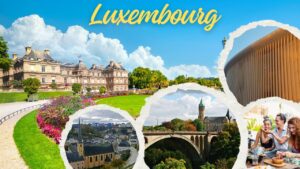Halloween is a holiday celebrated on October 31st each year, known for its spooky themes, costumes, and fun festivities. While many people associate Halloween with trick-or-treating and haunted houses, its origins are much deeper and rooted in history and culture. Definition of Halloween, its origin and history, various traditions associated with it, and some interesting facts that will enhance your understanding of this popular holiday.
What is Halloween?
Halloween is a holiday that involves various activities such as costume parties, trick-or-treating, haunted houses, and pumpkin carving. It is celebrated primarily in the United States, Canada, and several other countries. Halloween is characterized by its spooky themes, including ghosts, witches, and other supernatural beings. Holiday is often marked by a playful sense of fright, with many people enjoying scary movies and horror-themed events.
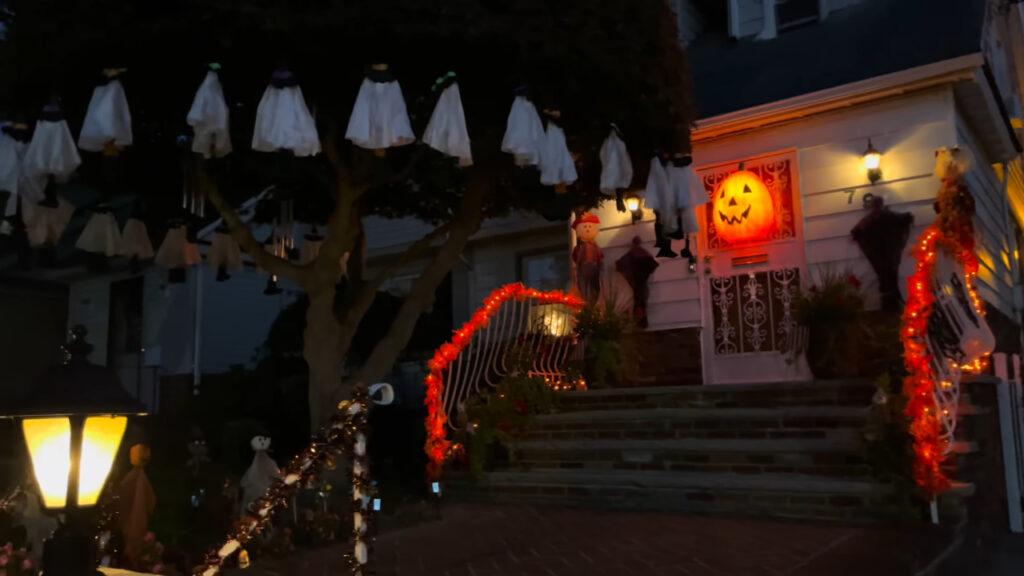
Key Aspects of Halloween:
- Date: Halloween is celebrated on October 31st.
- Symbols: Common symbols include jack-o’-lanterns, ghosts, witches, black cats, and bats.
- Activities: Popular activities include trick-or-treating, costume parties, and haunted attractions.
Origin of Halloween
Origin of Halloween can be traced back to ancient Celtic festivals, particularly the festival of Samhain (pronounced “sow-in”). Festival marked the end of the harvest season and the beginning of winter. Celts believed that on the night of October 31st, the boundary between the living and the dead was blurred, allowing spirits to return to Earth.
Samhain: Celtic Festival
- Timing: Samhain was celebrated from sunset on October 31st to sunset on November 1st.
- Beliefs: Celts believed that during this time, the dead could visit the living. To ward off these spirits, people would light bonfires and wear costumes made of animal skins.
- Harvest Celebration: Samhain was also a time to celebrate the harvest and prepare for the winter months ahead.
History of Halloween
As centuries passed, Halloween evolved from its ancient roots into the holiday we know today. Here’s a brief timeline of key events in the history of Halloween:
1. Ancient Rome (A.D. 43-410)
With the Roman conquest of Celtic territories, two Roman festivals merged with Samhain: Feralia, a day in late October to honor the dead, and Pomona, the goddess of fruit and trees. The apple became a symbol of Pomona, leading to the tradition of bobbing for apples during Halloween.
2. Christianity (9th Century)
By the 9th century, Christianity had spread into Celtic lands. The Church designated November 1st as All Saints’ Day (or All Hallows’ Day), a day to honor saints and martyrs. The night before became known as All Hallows’ Eve, eventually shortened to Halloween.
3. The Middle Ages
During the Middle Ages, Halloween began to take on more distinct traditions. People would go “guising,” wearing costumes and going door-to-door to receive food and drinks in exchange for songs and poems. This practice laid the groundwork for modern trick-or-treating.
4. 19th Century
Halloween was brought to America by Irish immigrants fleeing the Great Famine in the 1840s. The holiday gained popularity in the United States, where it blended with various local customs and traditions. By the early 20th century, Halloween had become a community-centered holiday.
5. 20th Century to Present
In the 1950s, Halloween began to be marketed as a holiday for children. Communities started organizing parades and festivals, and the tradition of trick-or-treating became widespread. Today, Halloween is celebrated in various ways around the world, with different countries adding their unique customs.
Halloween Traditions
Halloween is rich with traditions that vary by culture and region. Here are some of the most popular Halloween traditions celebrated today:
1. Trick-or-Treating
Trick-or-treating is one of the most recognized Halloween traditions. Children dress in costumes and go door-to-door, asking for candy and treats. The phrase “trick or treat” is often used to imply that if no treat is given, a trick may be played.
2. Costume Parties
Costume parties are popular during Halloween. People of all ages dress up in various costumes, ranging from scary to funny or creative. Many communities host costume contests to celebrate the best outfits.
3. Jack-o’-Lanterns
Carving pumpkins into jack-o’-lanterns is a fun and creative Halloween activity. Traditionally, people would carve faces into pumpkins and place candles inside to illuminate them. This practice is believed to have originated from the Irish legend of Stingy Jack, who tricked the devil and was forced to roam the Earth with only a carved turnip for light.
4. Haunted Houses
Visiting haunted houses is a popular Halloween activity. Many communities set up haunted attractions that feature spooky decorations, actors in costumes, and frightening scenarios. These haunted houses often become a fun challenge for those brave enough to enter.
5. Bonfires
Some people celebrate Halloween with bonfires, a practice that harkens back to the ancient Samhain festival. Gathering around a fire with friends and family is a great way to enjoy the autumn weather and share spooky stories.
6. Halloween Treats
Halloween-themed treats are widely enjoyed. Popular snacks include candy corn, caramel apples, and Halloween-themed baked goods. Many people also enjoy making spooky-themed recipes, like “witches’ brew” punch or “mummy” hot dogs.
Fun Facts About Halloween
Interesting and fun facts about Halloween that you might not know:
1. Origins of “Halloween”
The word “Halloween” comes from “All Hallows’ Eve,” referring to the night before All Saints’ Day. It was eventually shortened to Halloween over time.
2. Halloween is Big Business
Halloween is one of the most commercially successful holidays. In the United States alone, billions of dollars are spent each year on costumes, decorations, and candy.
3. Most Popular Halloween Costumes
Each year, certain costumes become popular. Classic costumes like witches, ghosts, and vampires are always in style, but trends can shift. In recent years, costumes based on pop culture references, like superheroes and characters from movies and TV shows, have gained popularity.
4. Tradition of Apple Bobbing
Bobbing for apples is a game often played during Halloween parties. It has roots in ancient Roman customs celebrating Pomona, the goddess of fruit and trees. The game involves floating apples in water, where participants try to catch them with their mouths.
5. History of Black Cats
Black cats are often associated with Halloween due to their links with witchcraft and superstition. In the Middle Ages, many people believed that witches could transform into black cats, leading to the persecution of both witches and cats during that time.
6. Halloween Around the World
While Halloween is most widely celebrated in the United States, many countries have their own variations. In Mexico, the Day of the Dead (Día de los Muertos) is celebrated on November 1st and 2nd, honoring deceased loved ones with altars and festivities.
Celebrating Halloween Today
As Halloween continues to evolve, people celebrate in various ways, blending traditional customs with modern trends. Here are some ideas to make your Halloween celebration memorable:
1. Host a Halloween Party
Invite friends and family to a Halloween-themed party! Encourage guests to dress in costumes and prepare spooky snacks. Incorporate games like pumpkin carving or a costume contest for added fun.
2. Decorate Your Home
Decorating your home for Halloween is a great way to get into the spirit of the season. Use pumpkins, spider webs, ghosts, and other spooky decorations to create a festive atmosphere.
3. Visit Local Attractions
Check out local haunted houses, pumpkin patches, or Halloween-themed events in your area. Many communities offer family-friendly activities during this time of year.
4. Watch Scary Movies
Host a scary movie night with friends or family. Classic horror films or Halloween-themed movies are perfect for setting the mood. Consider making popcorn and cozying up for a night of frightful fun.
5. Get Creative with Costumes
Whether you choose to buy a costume or make one yourself, let your creativity shine! Collaborate with friends for group costumes or challenge yourself to come up with a unique and original outfit.
Halloween is a holiday steeped in rich history and tradition. From its origins in ancient Celtic festivals to its current status as a fun-filled celebration, Halloween continues to captivate people of all ages. Whether you’re enjoying trick-or-treating, attending a costume party, or simply decorating your home, Halloween offers a chance to embrace the spooky and the fun.
As you prepare for Halloween, remember its historical significance while creating new memories with friends and family. Whether you’re dressing up, carving pumpkins, or sharing scary stories, Halloween is a time to celebrate creativity, community, and, of course, a little fright!
